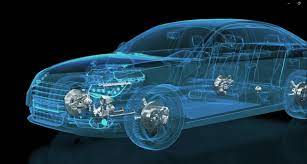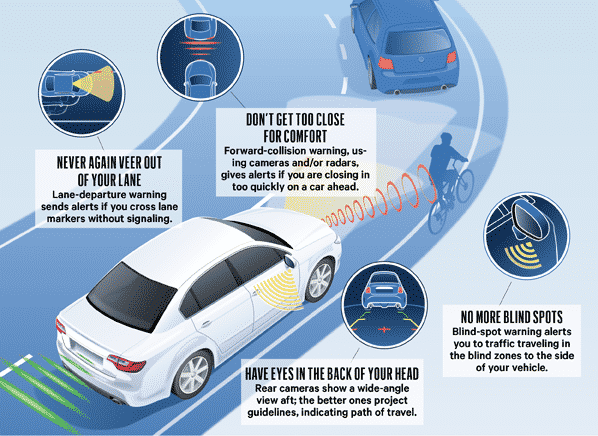
The automotive industry is constantly evolving, with new technologies being developed all the time. Here are some of the most important car technologies that are changing the way we drive today:
- Advanced driver assistance systems (ADAS): These systems use sensors and cameras to help drivers avoid accidents. Some common ADAS features include adaptive cruise control, lane departure warning, and automatic emergency braking.
- Self-driving cars: These cars are still in development, but they have the potential to revolutionize transportation. Self-driving cars could make our roads safer, reduce traffic congestion, and free up our time for other activities.
- Electric vehicles (EVs): EVs are powered by batteries, not gasoline. They produce zero emissions, which makes them better for the environment. EVs are also becoming more affordable and efficient, making them a more attractive option for many drivers.
- Connected cars: These cars are equipped with internet access, which allows them to communicate with other vehicles, infrastructure, and even the driver’s smartphone. Connected cars can use this data to improve safety, efficiency, and convenience.
- 360-degree cameras: These cameras provide a bird’s-eye view of the car’s surroundings, which can be helpful for parking, backing up, and avoiding accidents.
- Head-up displays (HUDs): These displays project important information onto the windshield, such as speed, navigation directions, and traffic alerts. This helps drivers keep their eyes on the road and their hands on the wheel.
- Wireless charging: This technology allows cars to be charged without plugging them in. Wireless charging is convenient and can help to reduce emissions from gasoline-powered vehicles.
These are just a few of the many car technologies that are changing the way we drive today. As technology continues to evolve, we can expect to see even more innovative and groundbreaking features in future cars.
In addition to the technologies listed above, there are a number of other emerging technologies that have the potential to revolutionize the automotive industry. These include:
- Artificial intelligence (AI): AI can be used to improve the performance of ADAS features, develop self-driving cars, and create more personalized driving experiences.
- Virtual reality (VR): VR can be used to train drivers in safe driving techniques and provide them with a more immersive driving experience.
- Augmented reality (AR): AR can be used to provide drivers with real-time information about their surroundings, such as traffic conditions and road hazards.
These are just a few of the ways that technology is changing the automotive industry. As these technologies continue to develop, we can expect to see even more changes in the way we drive.


